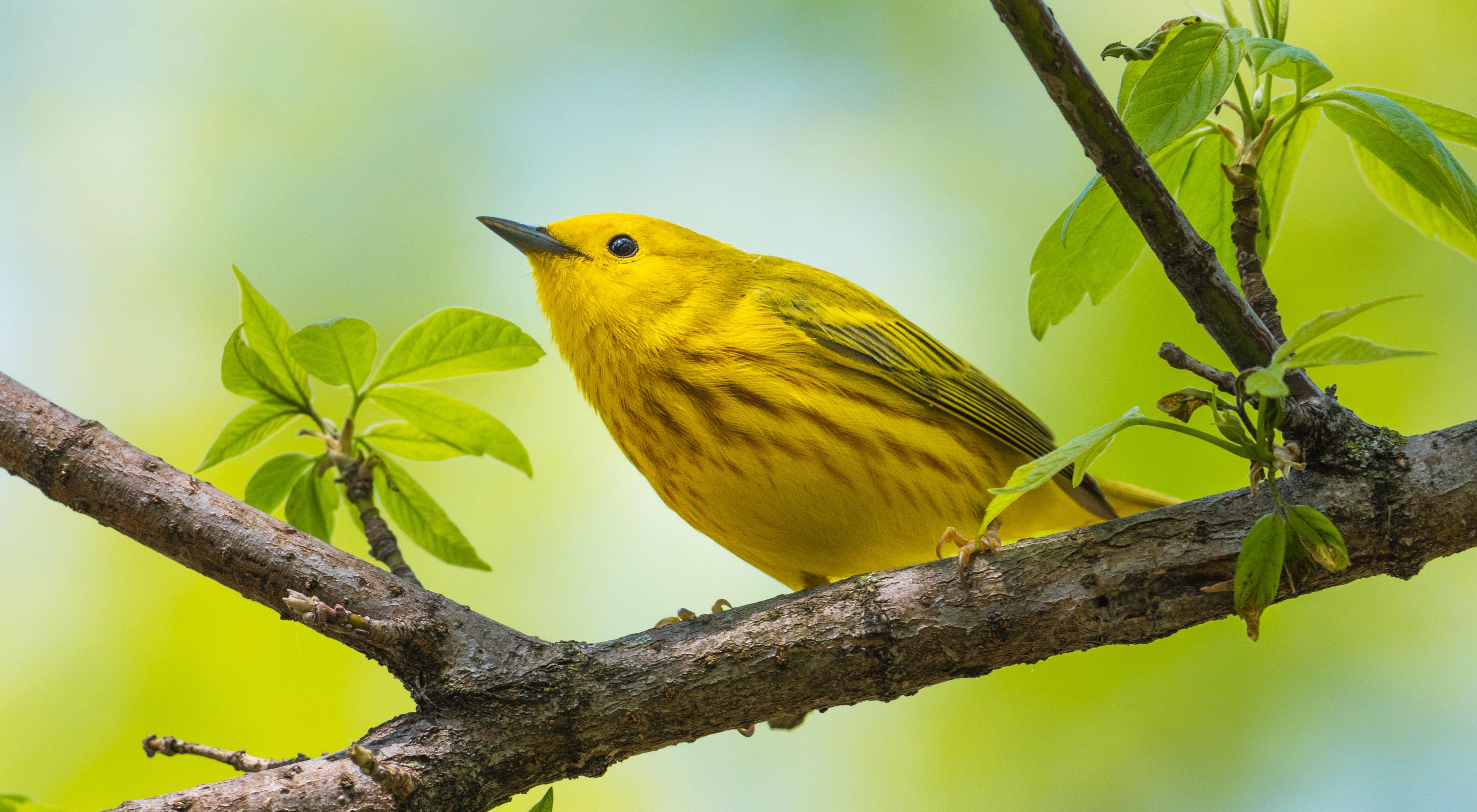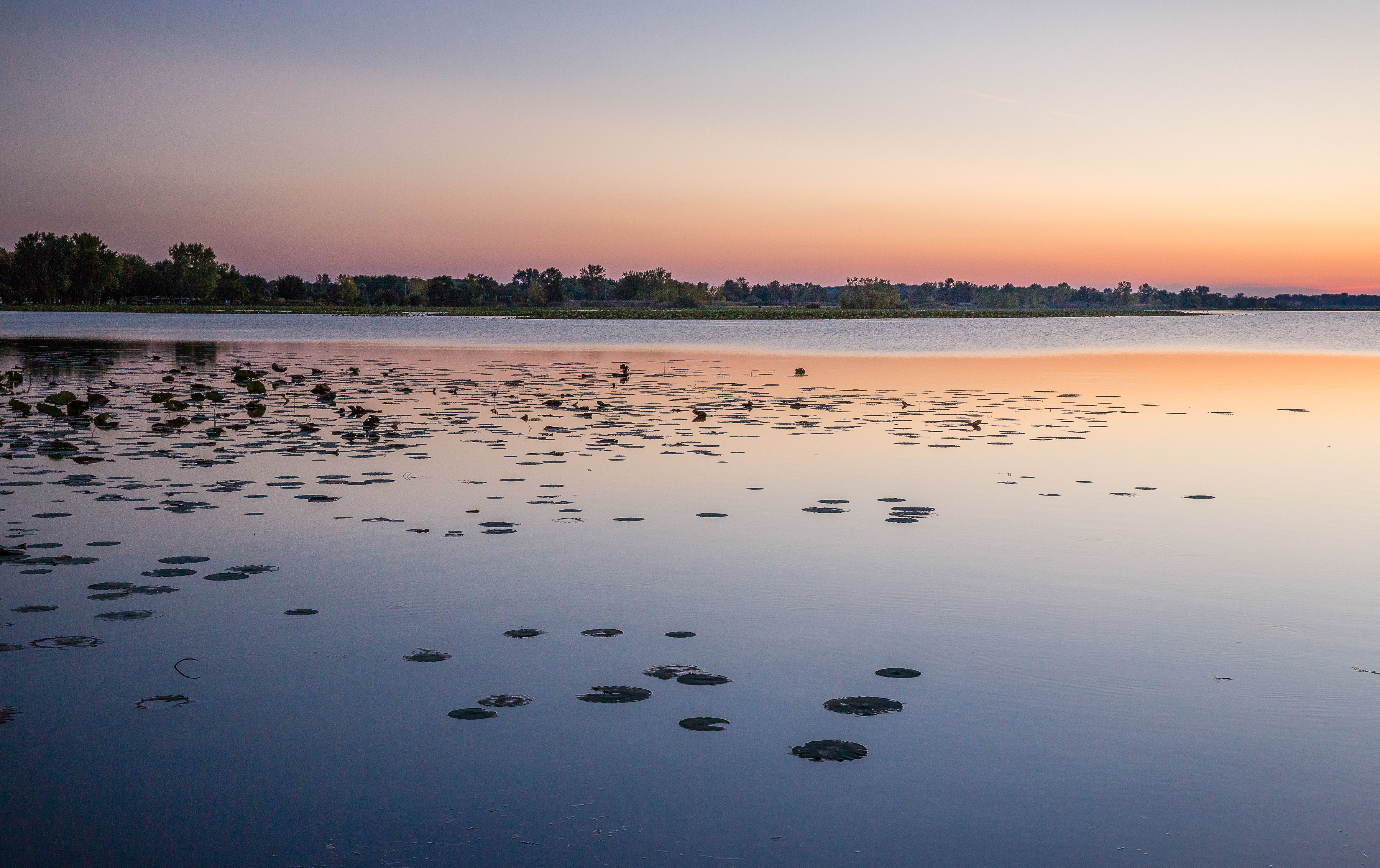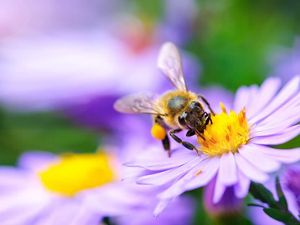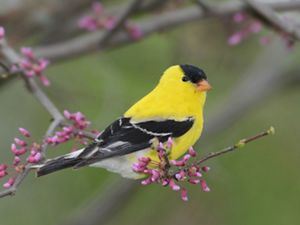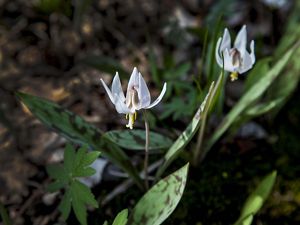Migratory Birds in the Western Lake Erie Basin
Discover why the Western Lake Erie Basin area is a hotspot for migratory birds and what TNC is doing to help our feathered friends thrive in Ohio.
Each year as the weather warms, hundreds of millions of birds will make their annual trip north to the forests, prairies, streams, rivers and beaches of the United States and Canada.
En route to nesting grounds, these winged migrants will make many stops along the way, touching ground to rest and refuel in preparation for the next leg of their trip. These stopover sites, as they’re known, are critical to the survival of migratory birds, whose journeys can span thousands of miles.
The Great Lakes region is critically important for all groups of migratory birds, whether they’re nesting or simply stopping by on their way through. Millions of waterfowl, shorebirds, wading birds, song birds and raptors utilize the area’s varied habitats that provide an assortment of food, cover and roosting areas.
In Ohio, the western basin of Lake Erie is a hotbed of migratory bird activity, supporting some of the largest numbers of land birds found during migration.
The Warbler Capital of the World
Northwest Ohio is considered the "Warbler Capital of the World." Each spring nearly 100,000 visitors flock to the area to observe rare migratory birds as they make their journeys to more northern breeding grounds.
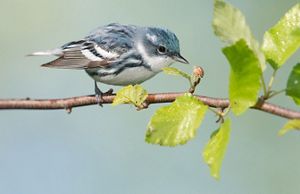
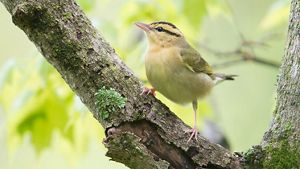
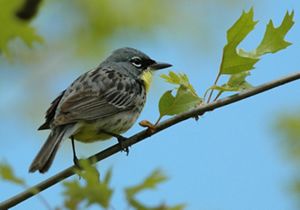
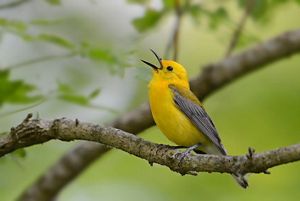

Cerulean Warbler: Setophaga cerulea © Matt Williams

Worm-eating Warbler: Helmitheros vermivorum © Matt Williams

Kirtland's Warbler: Setophaga kirtlandii © Jim Hudgins/USFWS via Flickr

Prothonotary Warbler: Protonotaria citrea © Matt Williams
EXPLORE THE REGION
The few remaining near-shore forests, shrublands, grasslands and marshes that define the shoreline of the western Lake Erie region provide a rich bounty of food that sustains a broad variety of migratory birds.
- The Nature Conservancy (TNC)'s Kitty Todd Nature Preserve and Great Egret Marsh Preserve, along with other natural areas we've helped protect like Dupont Marsh, Irwin Prairie, Putnam Marsh and Pickerel Creek Wildlife Area, offer visitors the opportunity to explore unique shoreline habitats and the migratory species that inhabit them.
- TNC is part of the Biggest Week in American Birding, a 10-day festival in May hosted by the Black Swamp Bird Observatory. This festival celebrates birding through many workshops, tours and presentations.
- Each May, TNC and other partners of the Oak Openings Green Ribbon Initiative host Blue Week, a week-long celebration of the unique habitats of the region and the incredible array of plants and wildlife the area supports. Throughout the week, visitors can enjoy birding among the wild blue lupine blooms and Karner blue butterflies.
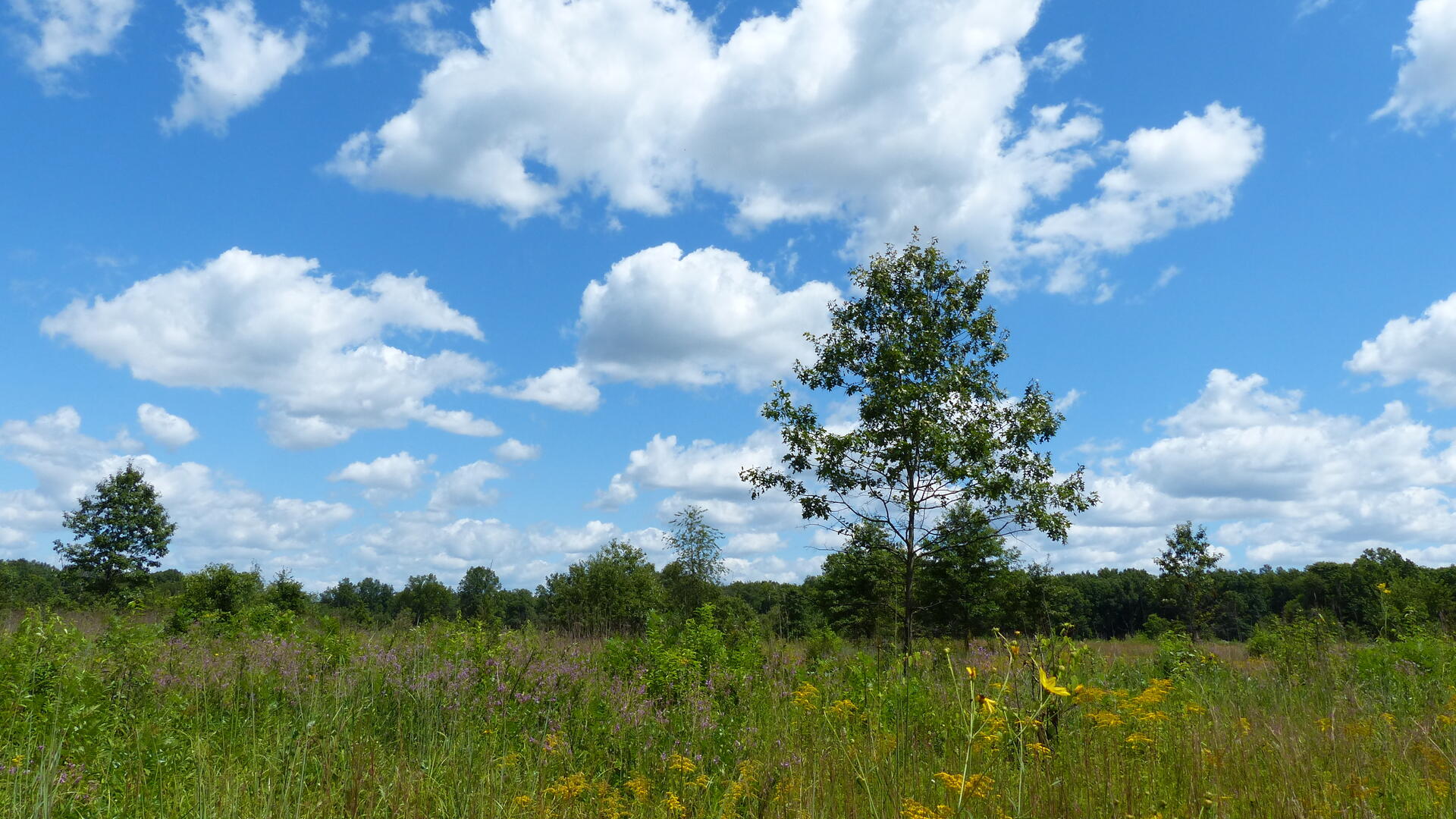
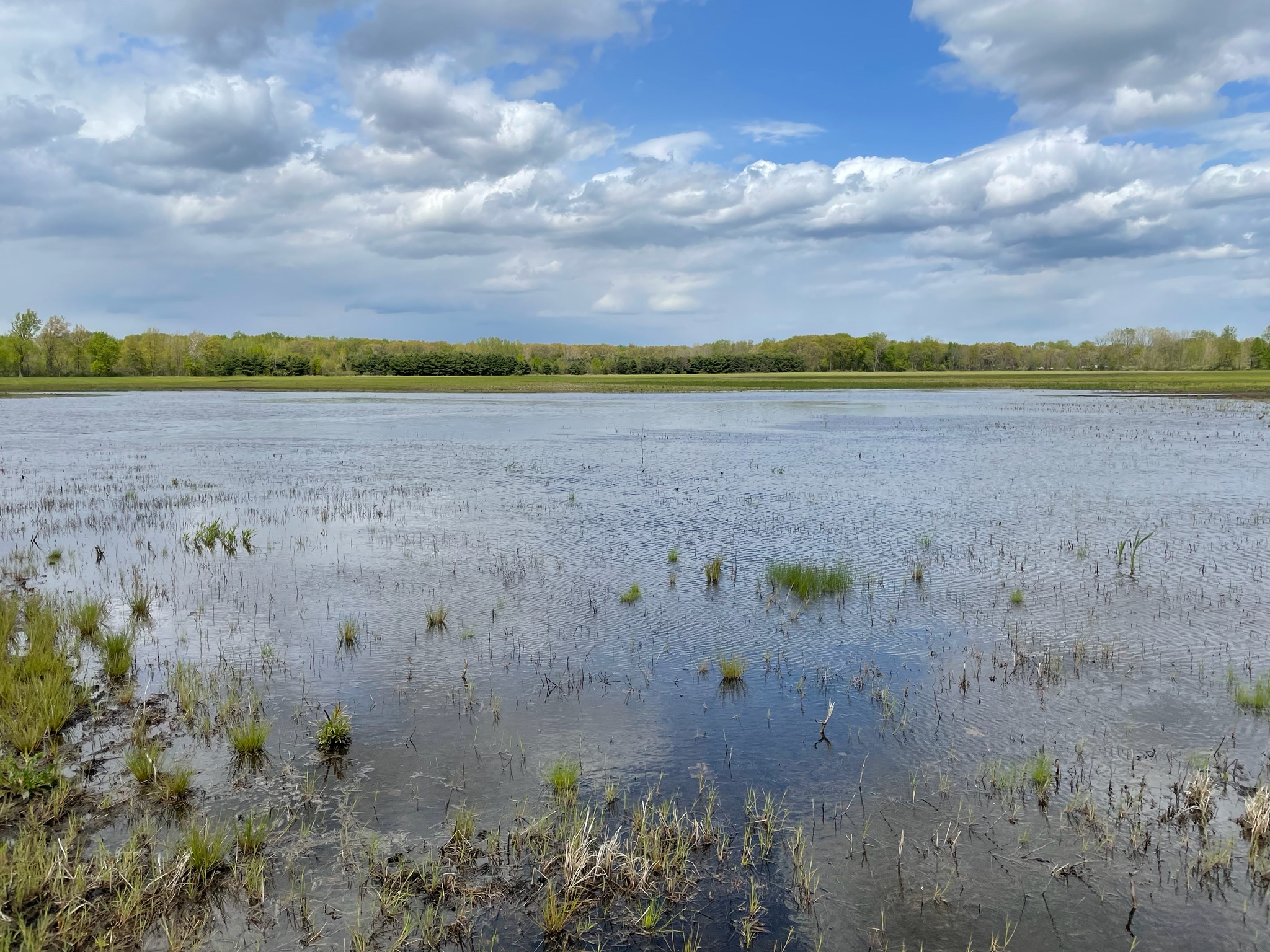

Lake Erie Birding Trail
Divided into seven distinct loops, the Lake Erie Birding Trail is the perfect way to begin your birding adventures in northern Ohio. Collectively, nearly 400 species of birds have been observed along the trails. For more tips and tricks on making the most of birding in Ohio, visit the Ohio Department of Natural Resources.
Additional Conservation Work
Populations of some migratory birds have declined drastically over the past 30 years, mostly due to habitat loss of the birds’ breeding and wintering grounds, as well as the loss of stopover sites along migration routes. Scientists predict that 10% of all bird species will become extinct by the end of this century.
TNC and our partners are working to protect what remains of the critically important shoreline of Lake Erie’s western basin through land acquisition, restoration and educational efforts.
- Through funding from the Great Lakes Restoration Initiative, TNC and its partners have protected and restored more than 15,000 acres in the Western Lake Erie Basin through invasive species management, habitat restoration and reestablishment of natural water flow.
- In 2016, TNC partnered with the Black Swamp Bird Observatory and American Bird Conservancy on a Biggest Week Conservation Fund, with 100% of the proceeds going to improvement and expansion of habitat for birds through projects and programs managed by the three organizations.
- In 2011, The Nature Conservancy and partner organizations launched an ambitious three-year, large scale endeavor to restore important Great Lakes habitats along Lake Erie and its tributaries, including phragmites control in the coastal wetlands of western Lake Erie.
- In 2008, The Nature Conservancy produced Managing Habitats for Migrating Land Birds in the Western Lake Erie Basin (pdf), a practical guide to help private and public landowners manage habitats to sustain birds as they migrate through the Great Lakes region, particularly around Lake Erie.
- TNC scientists developed successful models to locate the different types of key stopover sites for landbirds, shorebirds and waterfowl along Lake Erie, and have used it to identify places still in need of protection. The Western Lake Erie Coastal Conservation Vision project is helping TNC and partners identify additional locations to expand and improve migratory bird stopover habitat that also has other conservation and social benefits.
